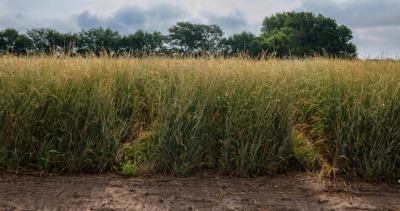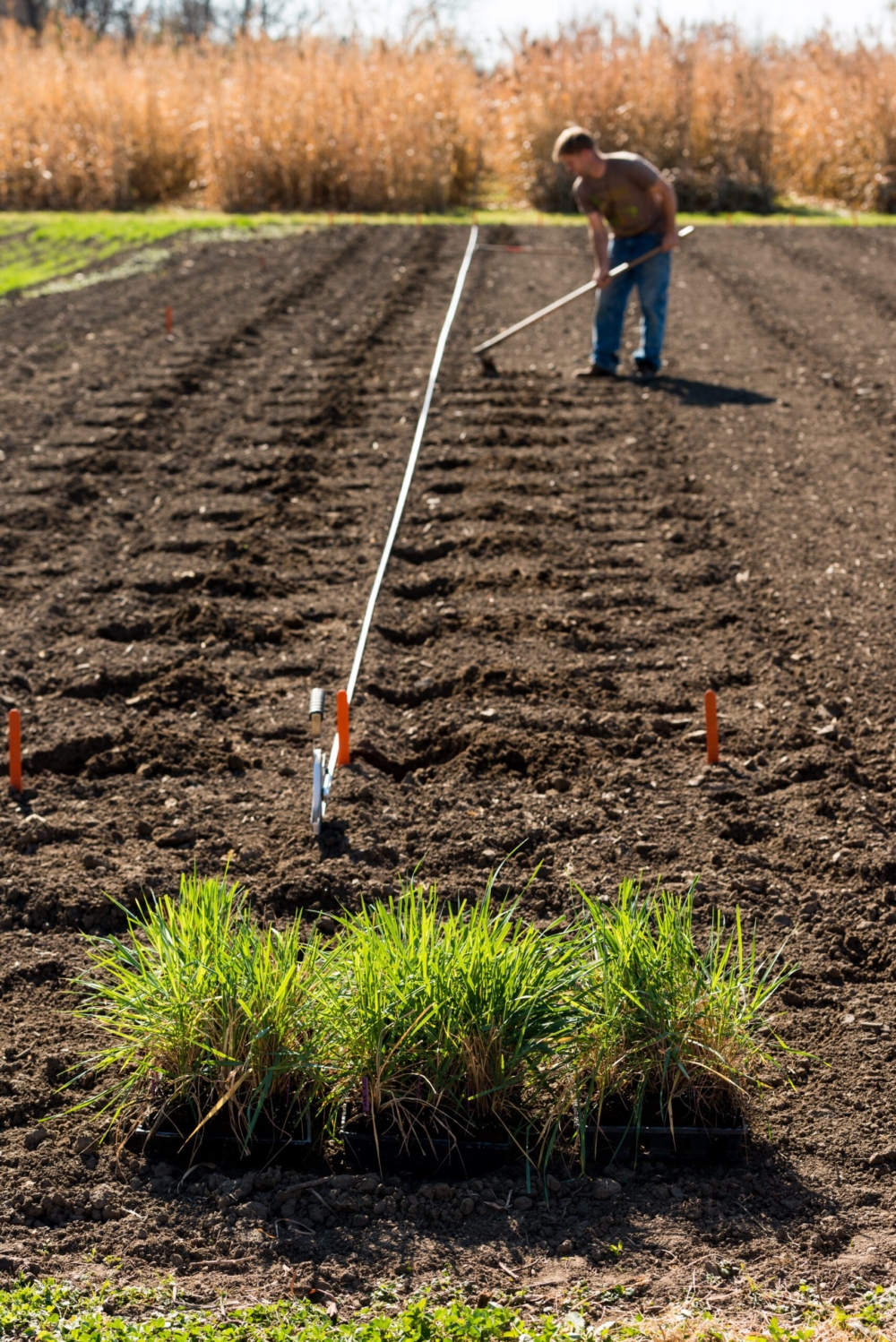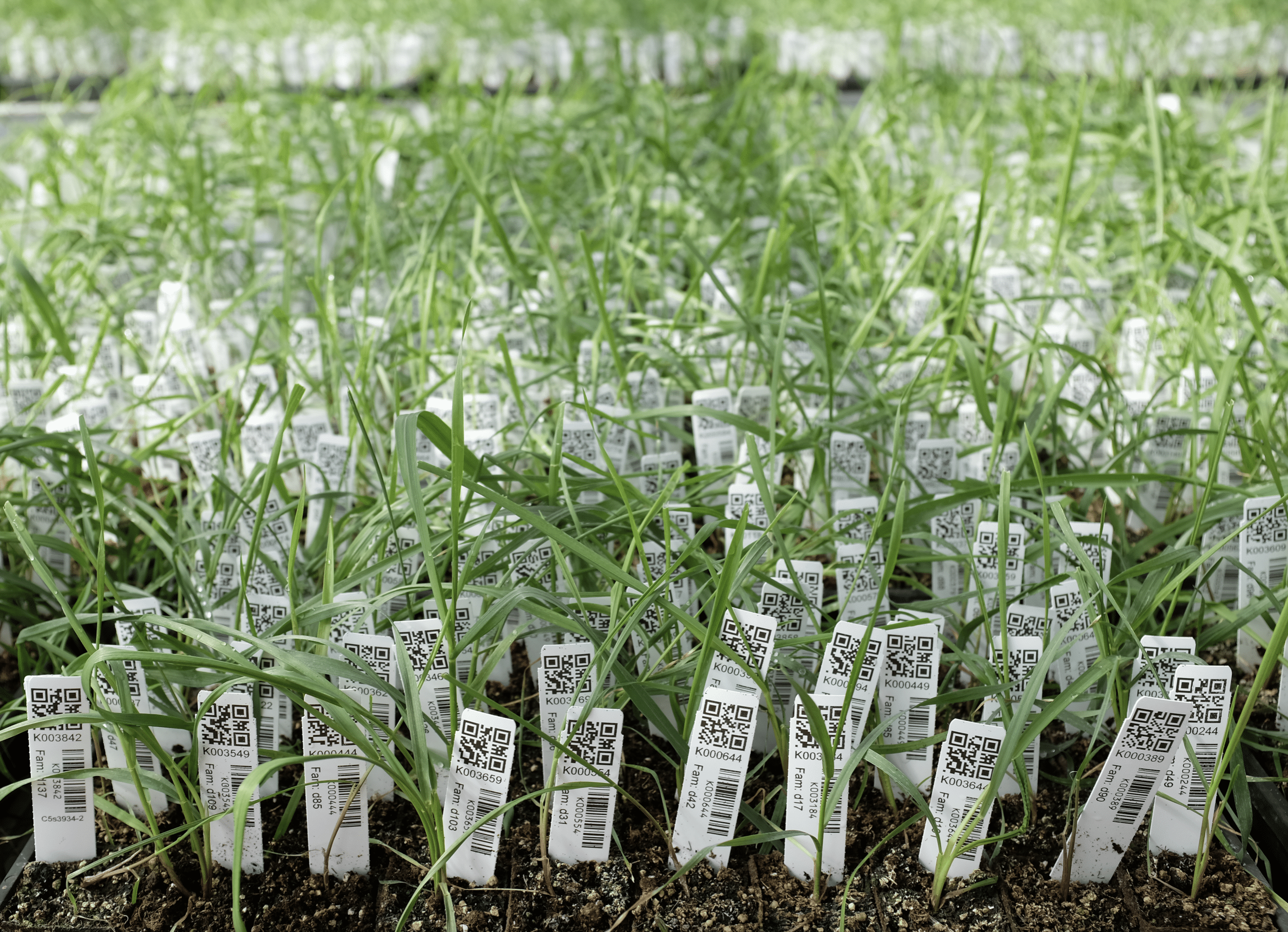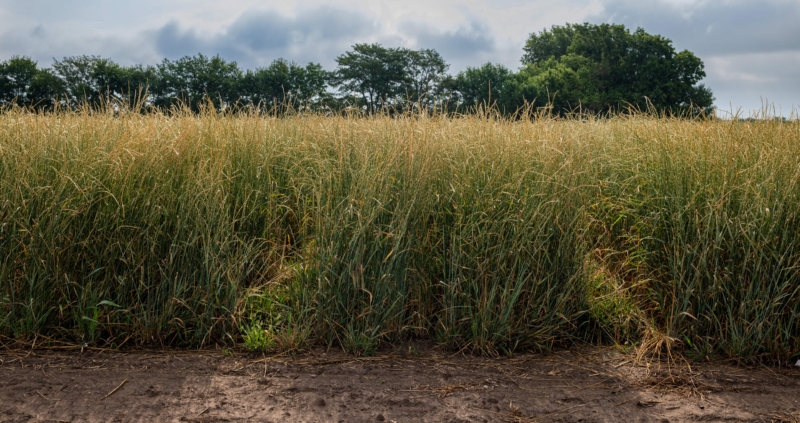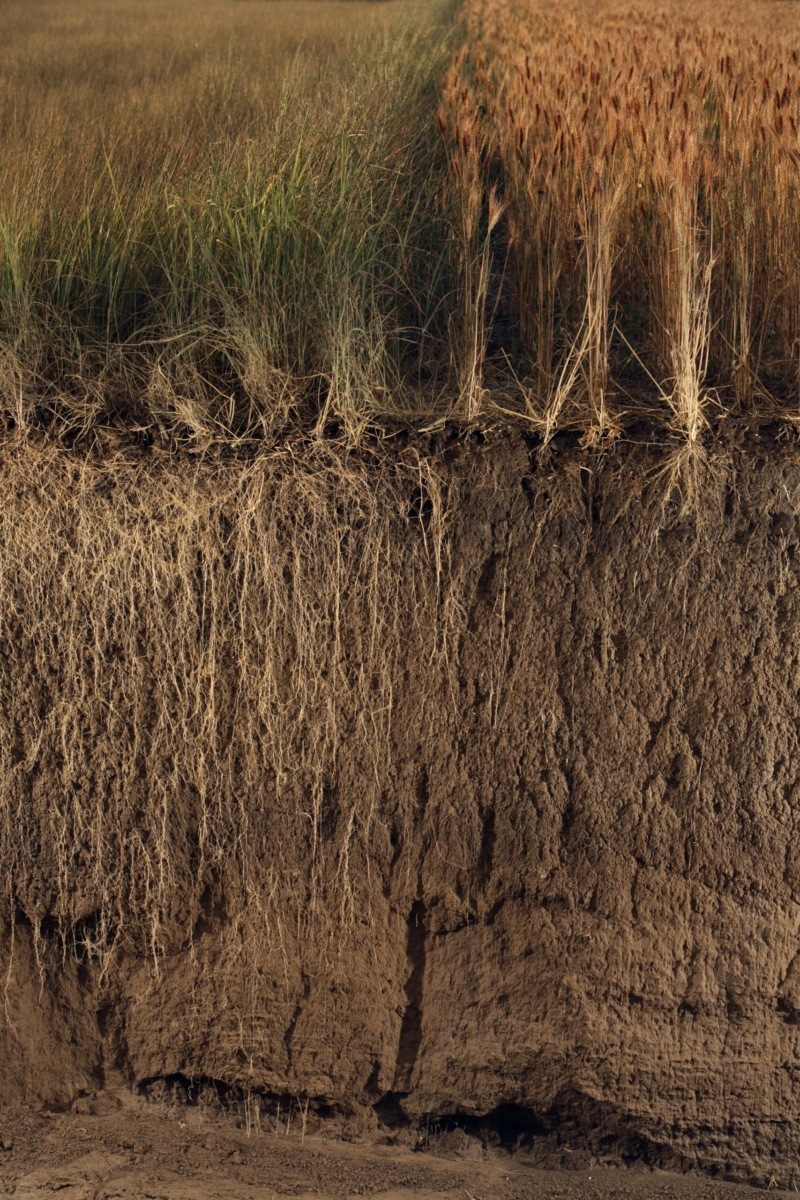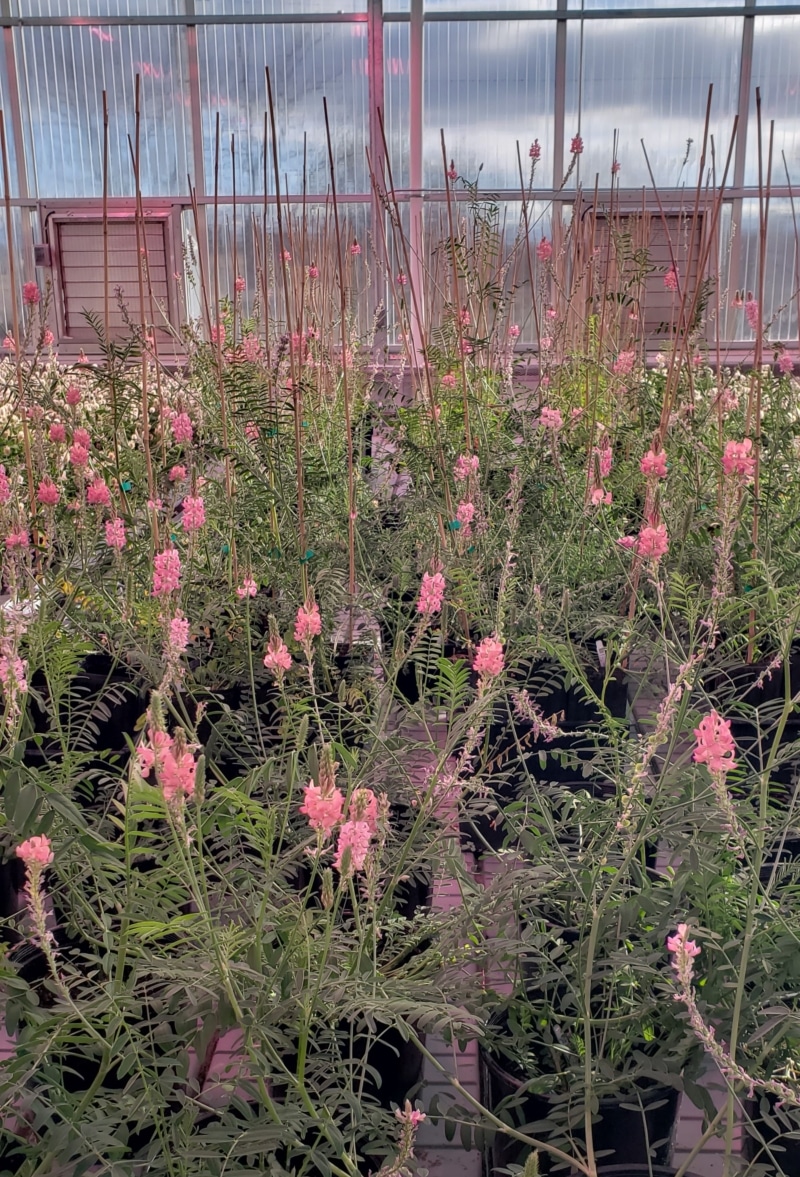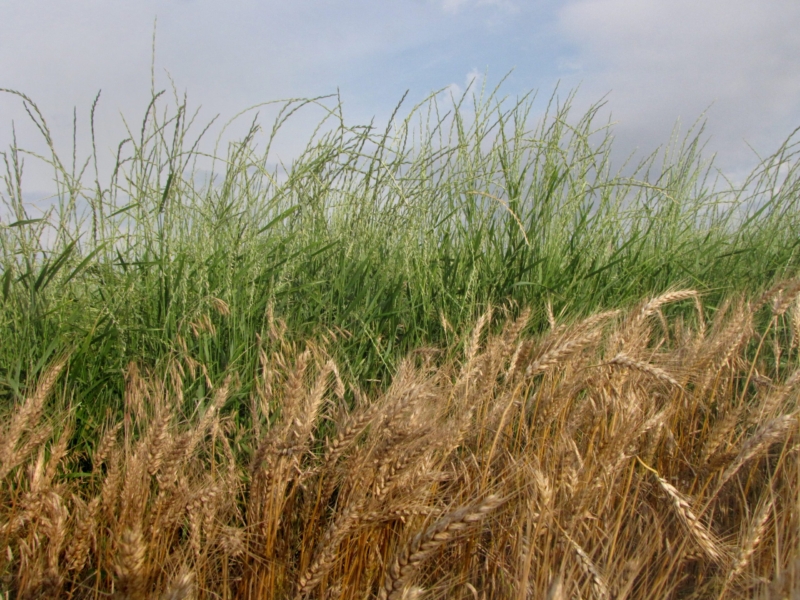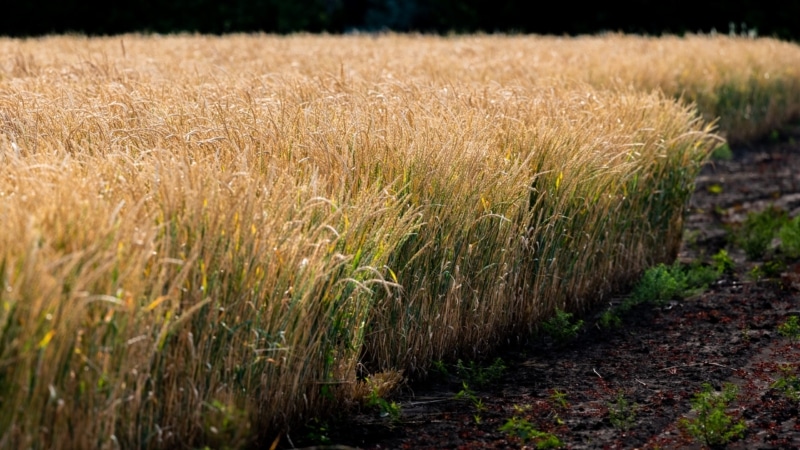The National Academies Press released a consensus study documenting the linkages between soil and human health, particularly the connection between the nutrient density of food and the condition of the soil upon which it is grown. In this article, perennials and perennial cropping systems are mentioned several times in relation to their value for promoting soil health, and the need for the USDA to pursue plant breeding efforts to expedite their development is discussed several times throughout this paper.
Summary
The United States is an important food producer globally, in part because of its abundance of agriculturally productive soils. However, management practices that maximize yields have caused losses in soil organic matter, poor soil structure and water-holding capacity, and increased salinity on millions of acres of land. Microbial communities, the drivers of many soil processes, have been adversely affected by excessive use of tillage, nutrient applications, and pesticides. Erosion, accelerated by tillage and lack of ground cover, has caused the loss of over 57 billion metric tons of topsoil from the Midwest alone over the past 150 years. Although U.S. agriculture increased its productivity in the 20th century by adopting new practices and technological advances, these increases are not expected to be repeated in the 21st. Furthermore, the externalized costs to the environment and human health–water and air pollution, biodiversity loss, and increased greenhouse gas (GHG) emissions caused by many agricultural management practices are apparent and severe.
Considerable efforts are underway to mitigate these problems through management practices that improve soil health, defined by the Food and Agriculture Organization as “the ability of the soil to sustain the productivity, diversity, and environmental services of terrestrial ecosystems.” There is also interest in determining whether improved soil health has favorable effects on the nutrient density of foods grown. Recent advancements have sparked exploration into the interconnectedness of microbiomes across soil, plants, humans, and other animals and how microbiomes can support healthy soils as well as humans. These advances may also lead to new discoveries in the soil microbiome that could facilitate drug development and address threats to human health, including antibiotic resistance, contaminants, and soil-borne pathogens.
Given this, the U.S. Department of Agriculture’s National Institute of Food and Agriculture asked the National Academies of Sciences, Engineering, and Medicine to convene a
committee of experts to explore the linkages between soil health and human health.
ACCESS ARTICLE PDF
